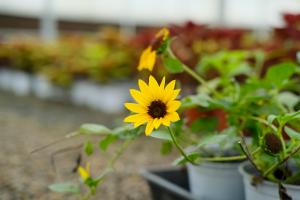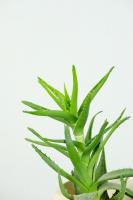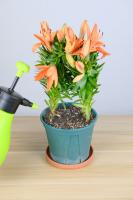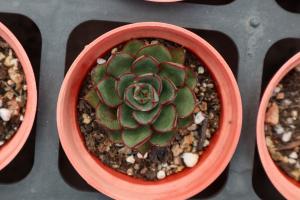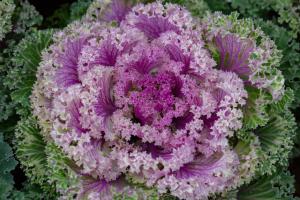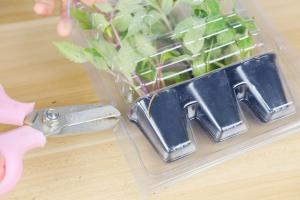Can you put plant food in water?
Plant food, also known as fertilizers, is crucial for the proper growth and development of plants. It provides essential nutrients that are otherwise absent or insufficient in the soil. While it's common to sprinkle dry fertilizers around the plant base, many gardeners wonder if they can put plant food in water. The answer is yes, but with some important considerations.
How to put plant food in water?
The technique of feeding plants with water-soluble fertilizers involves mixing the product with water to create a liquid solution. The process is simple, just follow these steps:
Choose a water-soluble fertilizer of the appropriate type and strength for your plants.
Read the instructions on the package carefully, and determine the recommended dosage for your specific plant type and stage of growth.
Fill a watering can or bucket with the required amount of water, usually one gallon or more.
Add the plant food to the water and stir well until it's completely dissolved.
Pour the solution around the base of the plants, making sure to reach the entire root zone.
What are the benefits of putting plant food in water?
Plant food in the form of liquid fertilizers has several advantages over dry fertilizers. Firstly, it's more convenient to use, as it doesn't require any special equipment or application methods. Secondly, it's more efficient, as it's absorbed faster by the roots and leaves of plants, resulting in quicker growth and better yields. Thirdly, it's more precise, as you can control the amount and concentration of nutrients you provide to your plants, avoiding over or underfertilization.
What are the drawbacks of putting plant food in water?
Despite its benefits, putting plant food in water also has some potential drawbacks that should be considered. Firstly, the liquid solution may attract insects and pests, who are attracted to the sweet smell of the fertilizer. Secondly, it may promote the growth of algae and other unwanted microorganisms in the soil, which can compete with the plants for nutrients and water. Thirdly, it may cause root burn or other damage to the plants if overused or not properly diluted.
Conclusion
In summary, putting plant food in water is a convenient, efficient, and precise way to provide nutrients to your plants. However, it's essential to follow the instructions carefully, choose the right type and strength of fertilizer, and watch for any signs of damage or overfertilization. With proper care and attention, you can enjoy healthy, vigorous plants that thrive and produce abundant blooms or crops.

 how many times do yo...
how many times do yo... how many planted tre...
how many planted tre... how many pine trees ...
how many pine trees ... how many pecan trees...
how many pecan trees... how many plants comp...
how many plants comp... how many plants can ...
how many plants can ... how many plants and ...
how many plants and ... how many pepper plan...
how many pepper plan...
